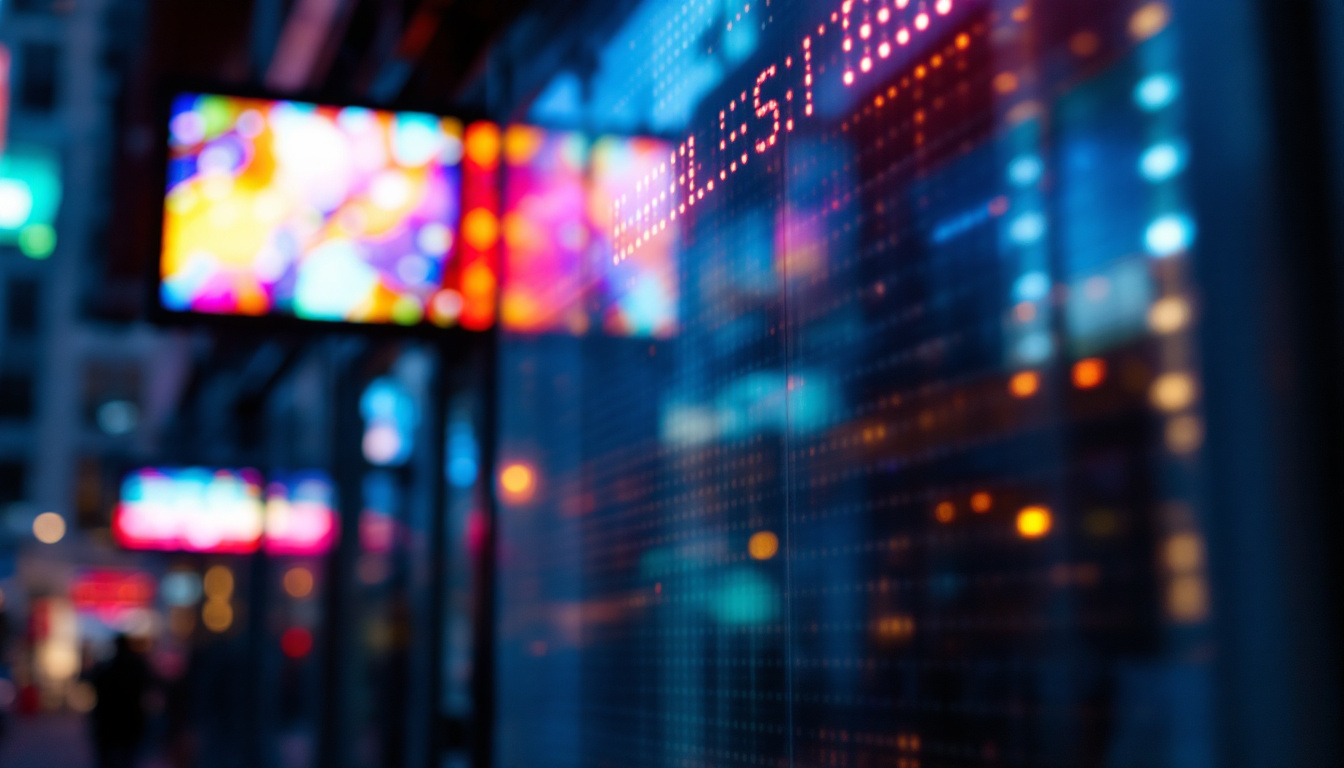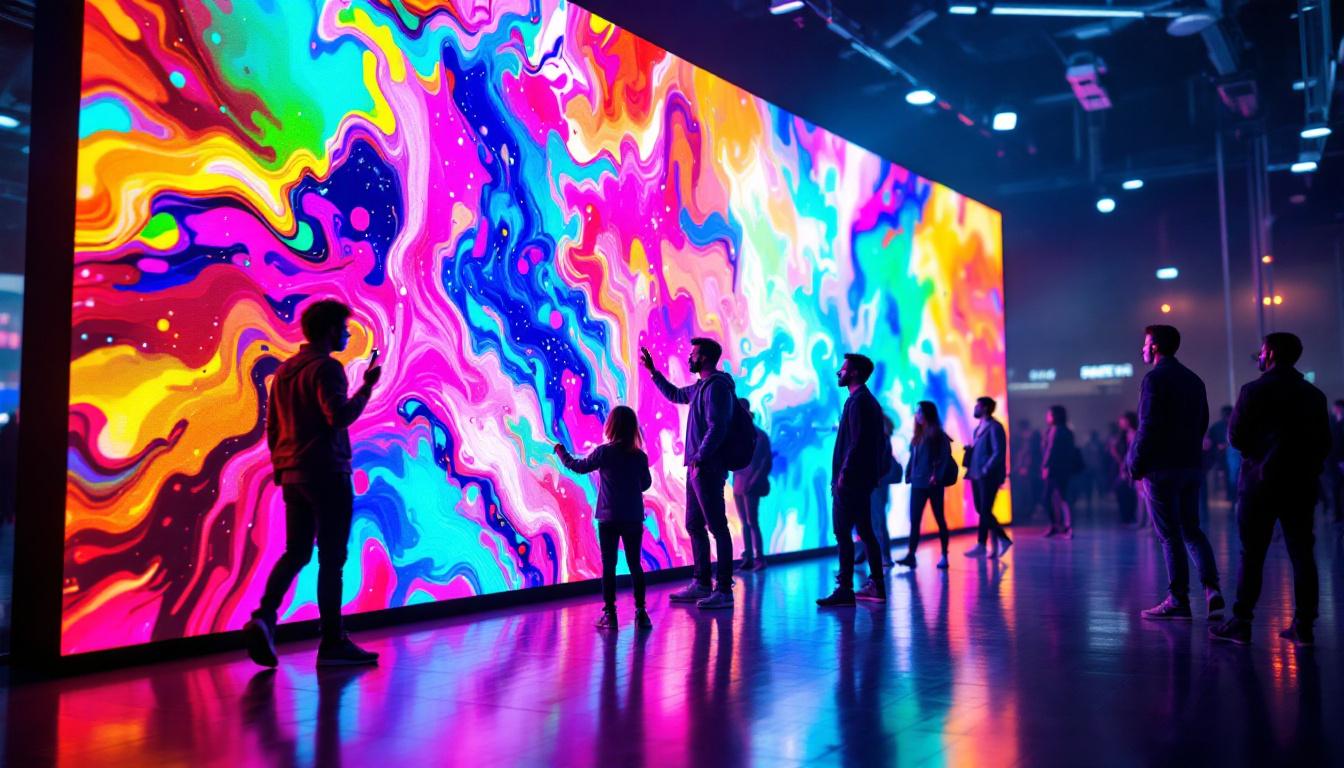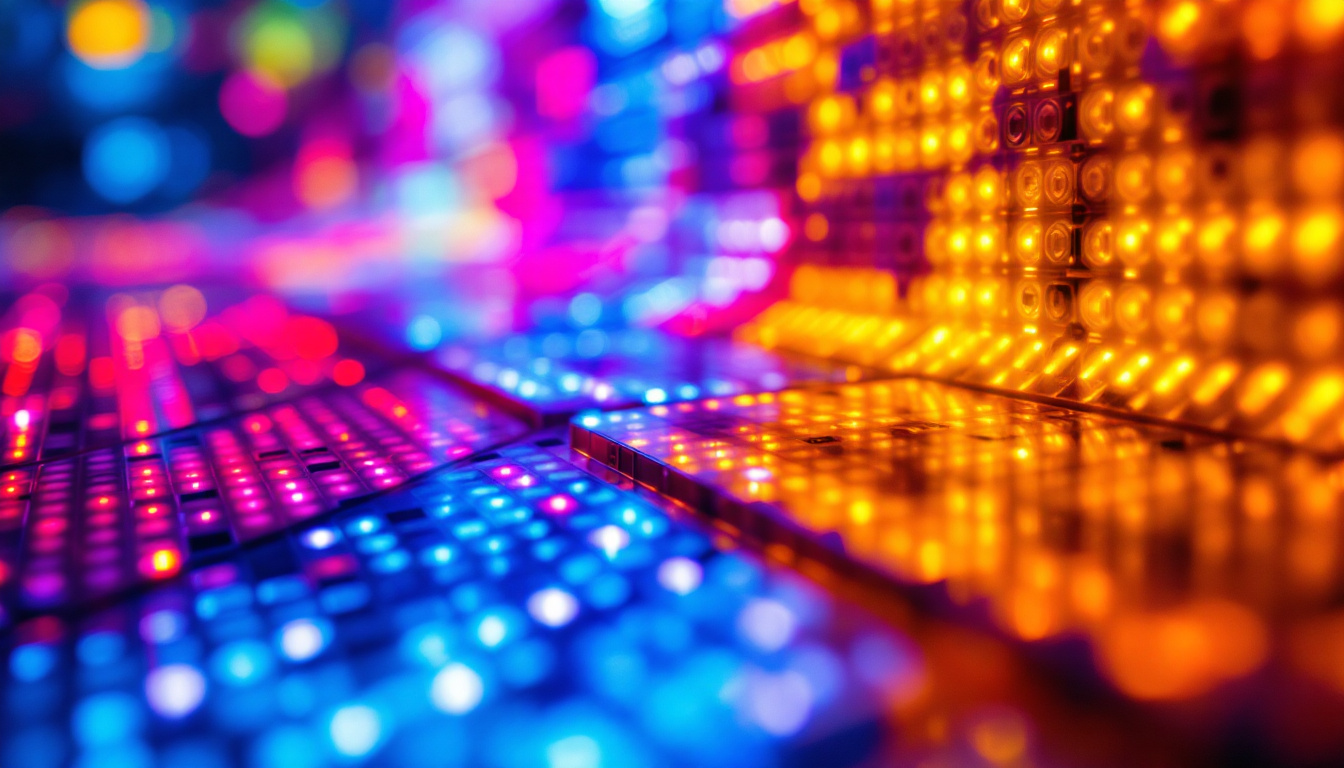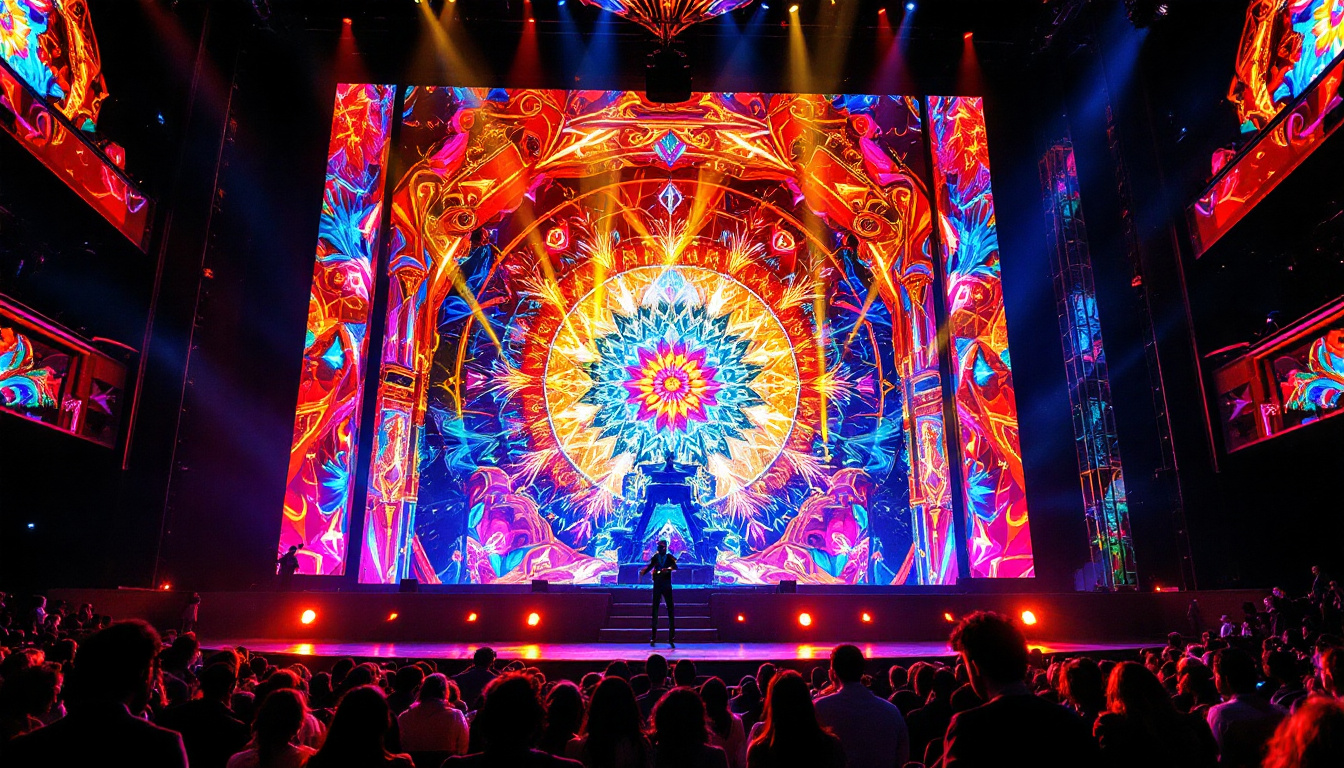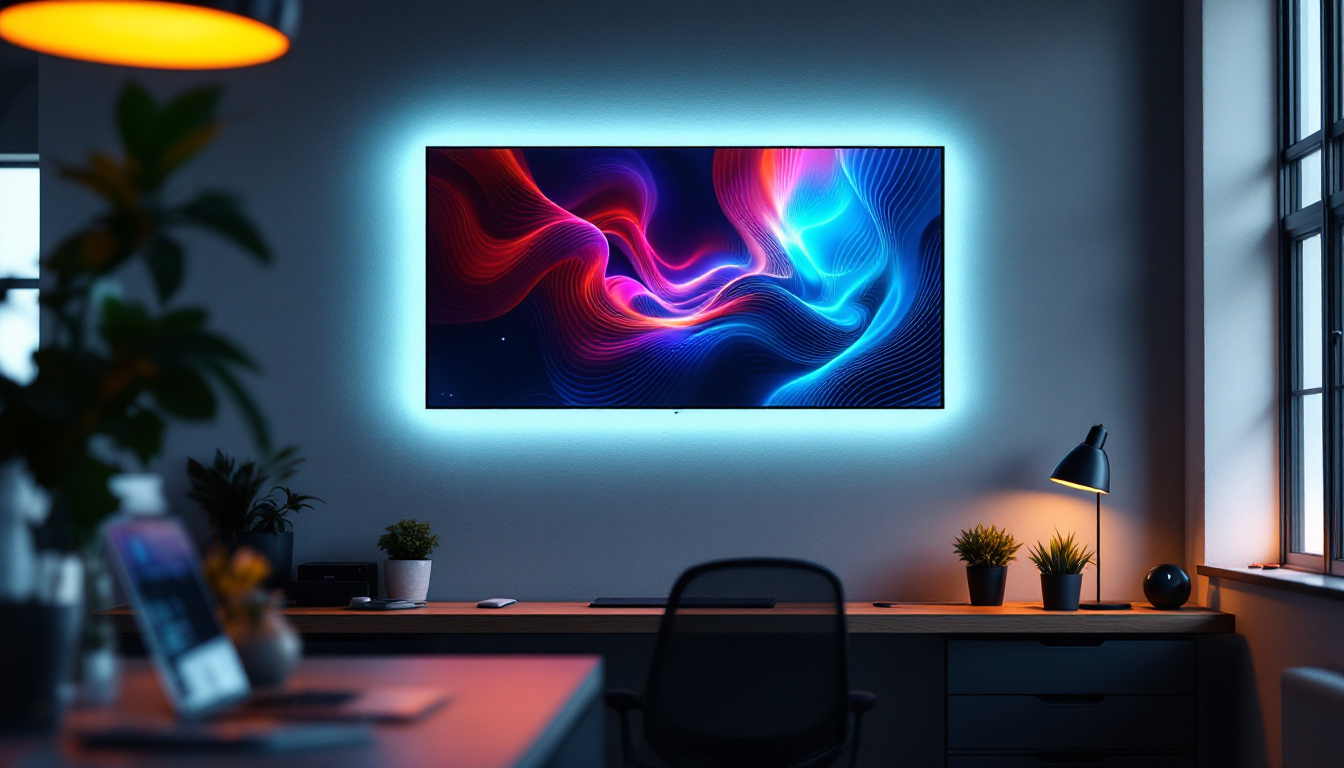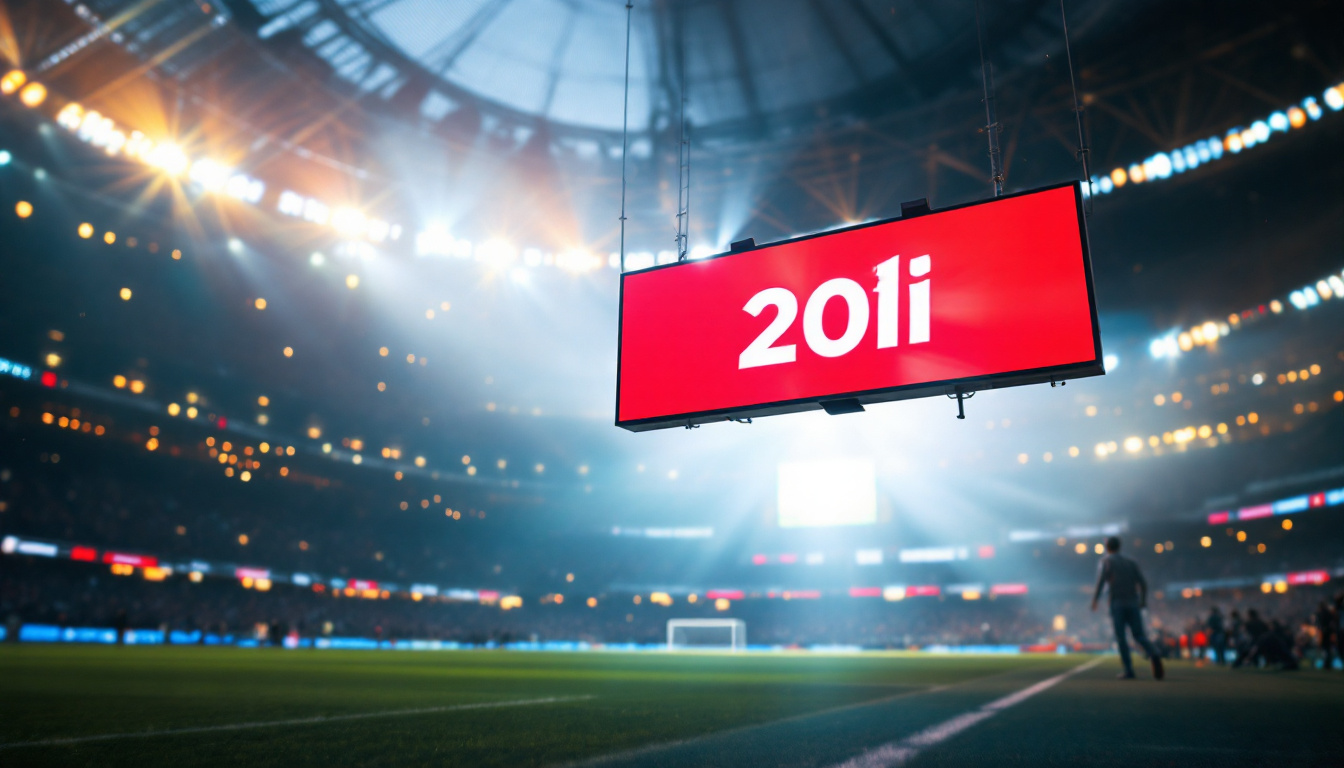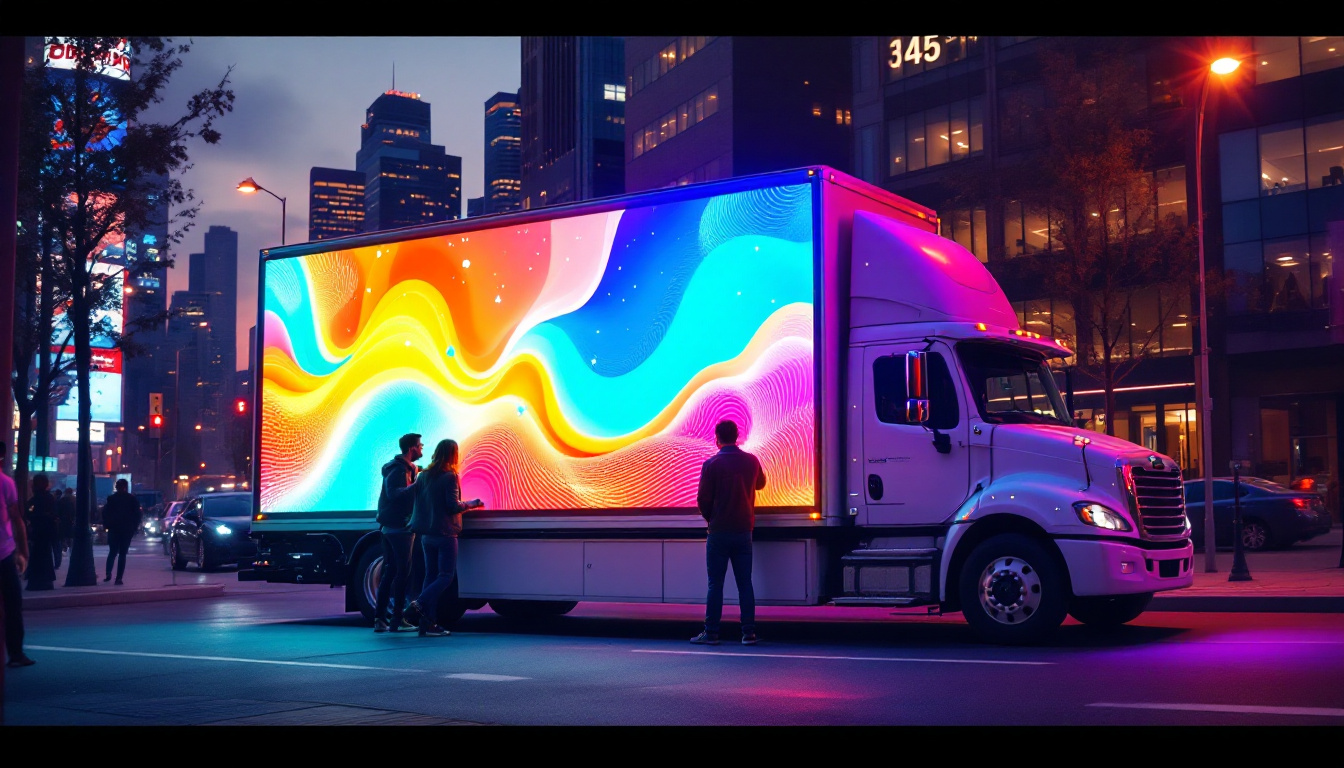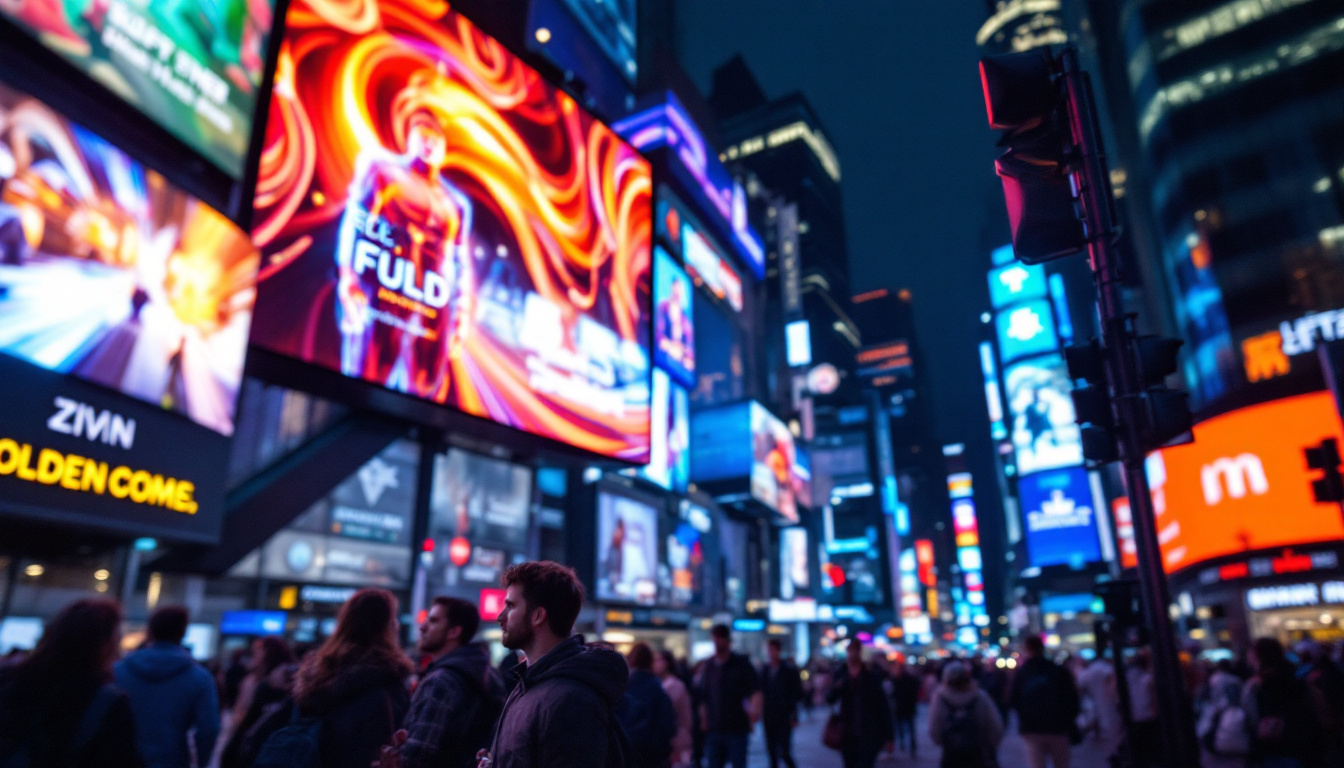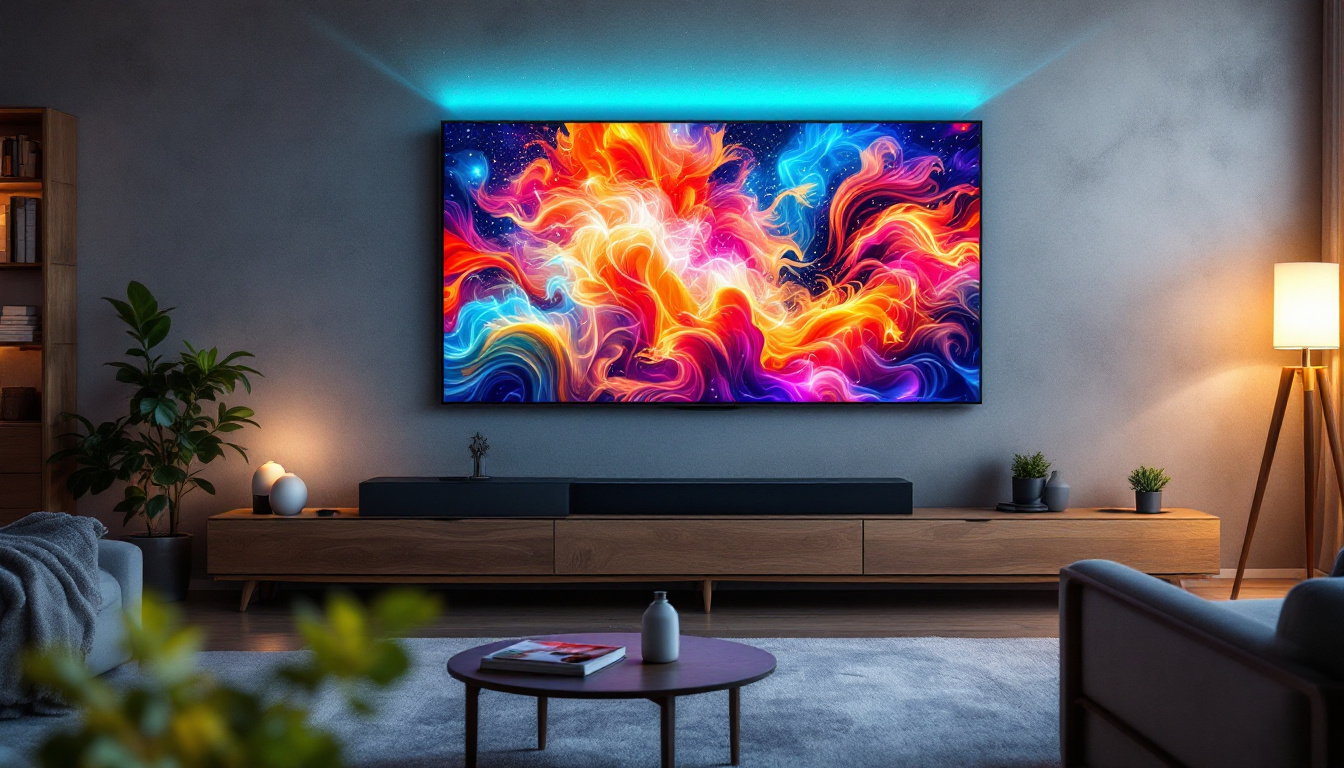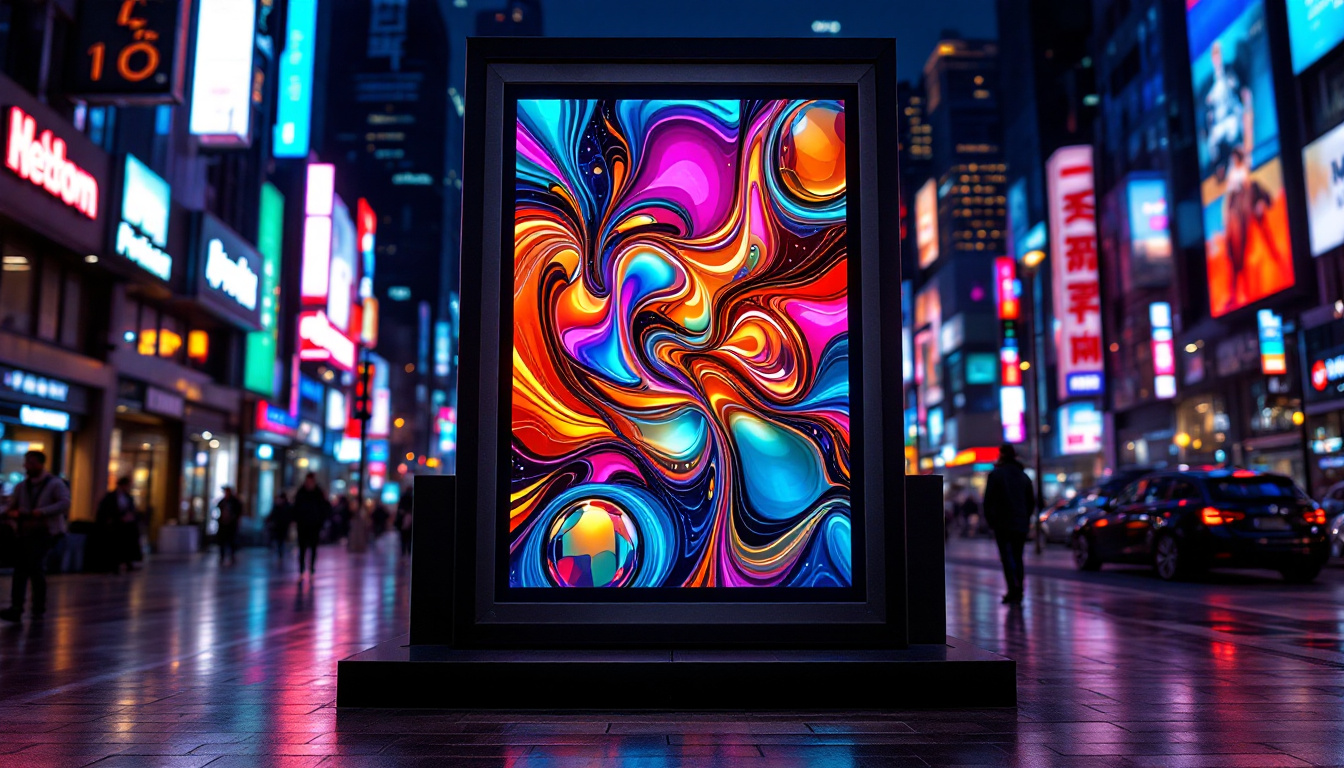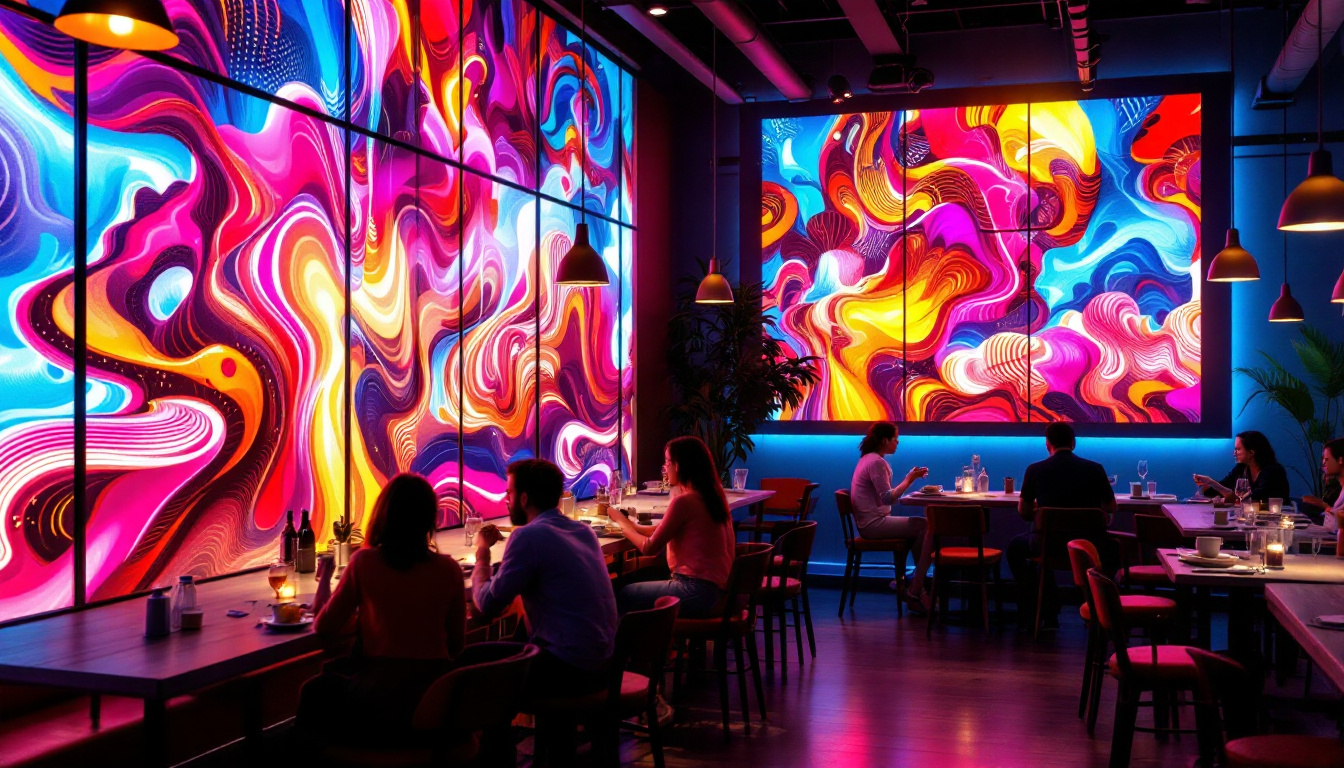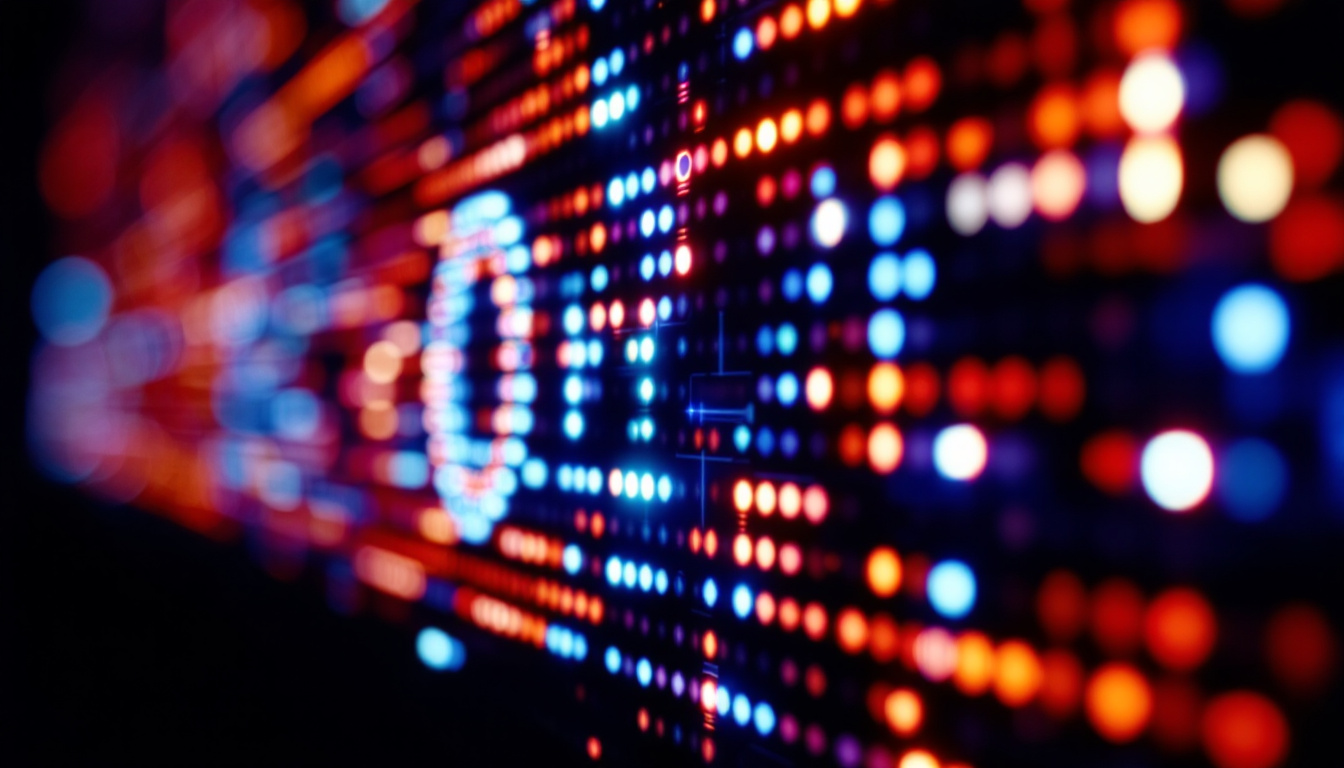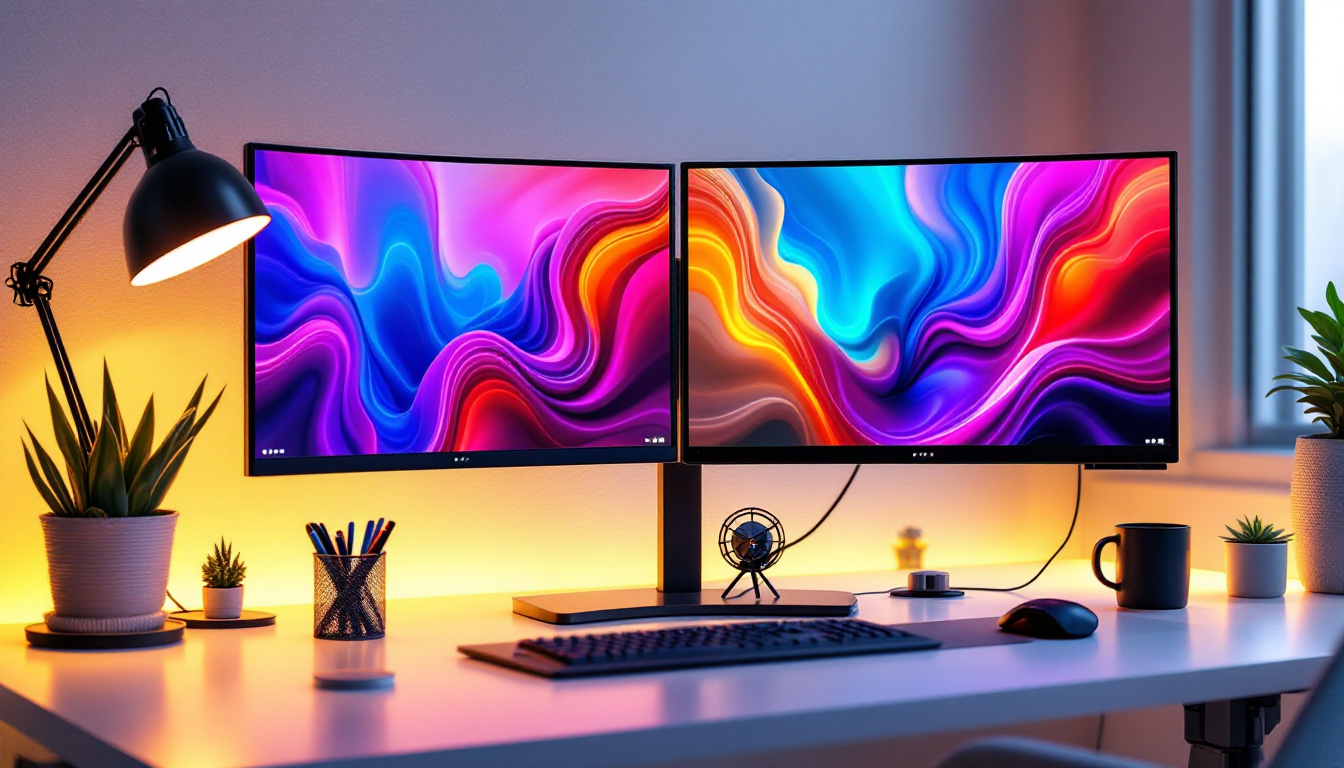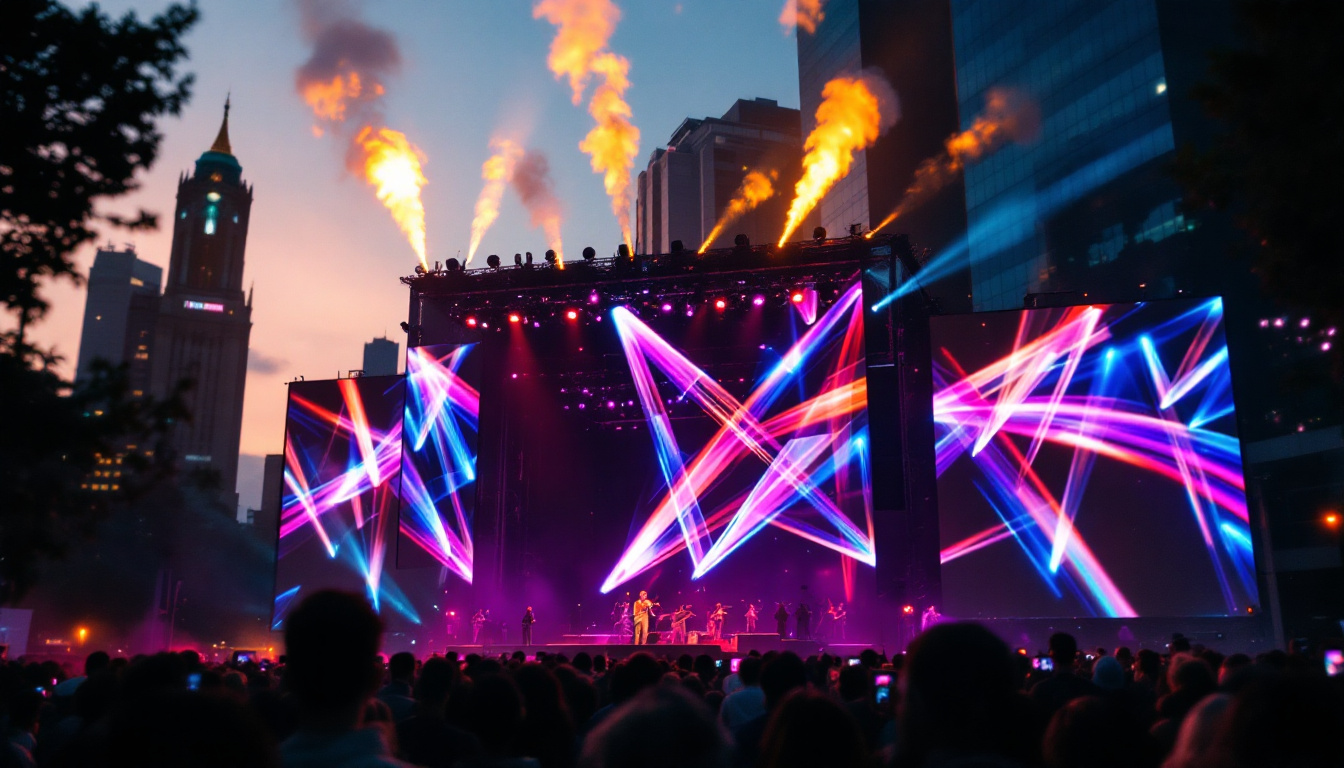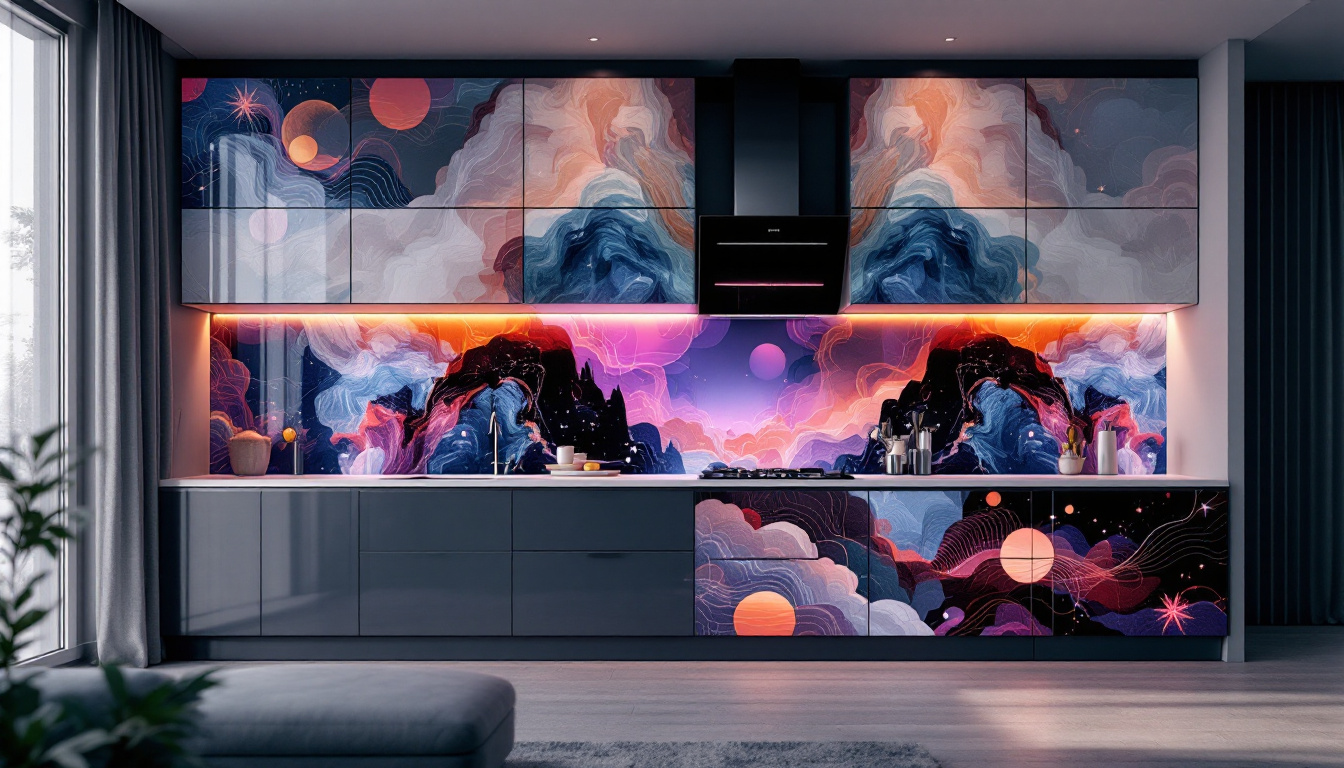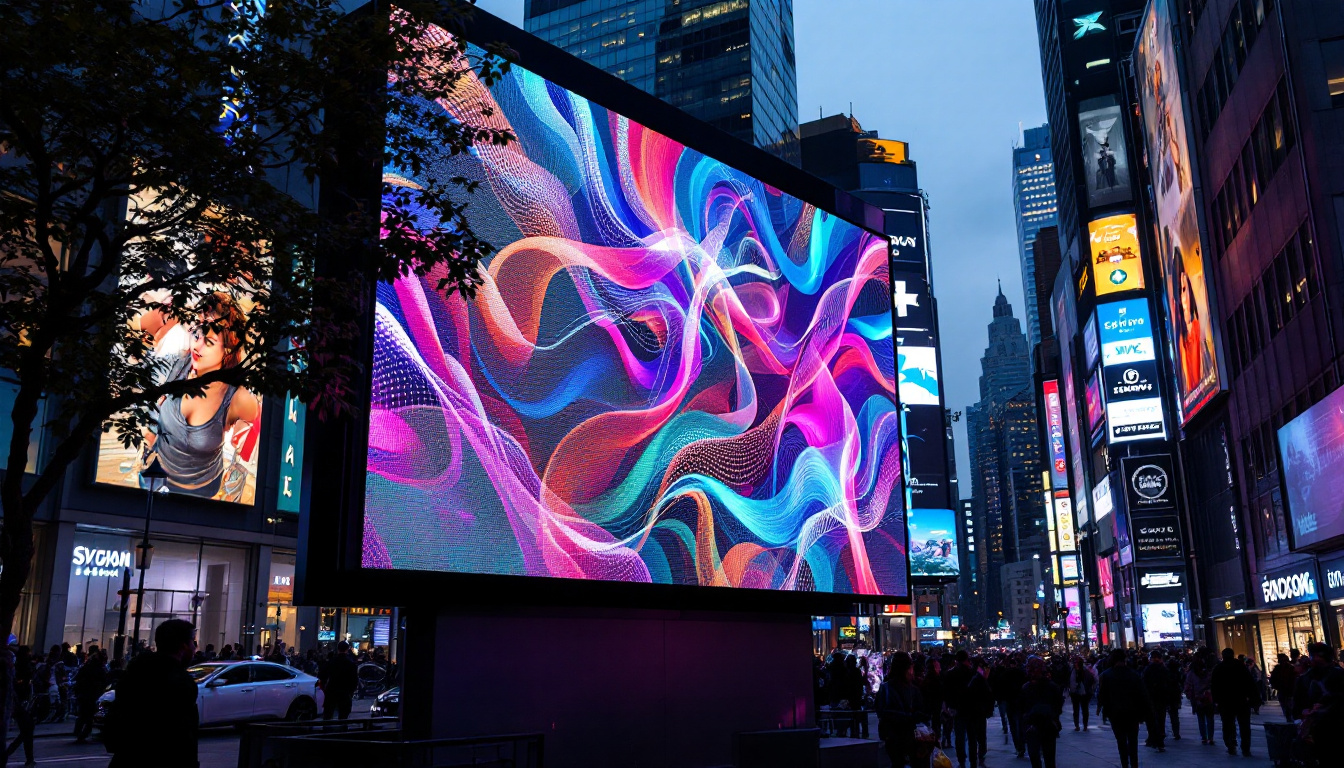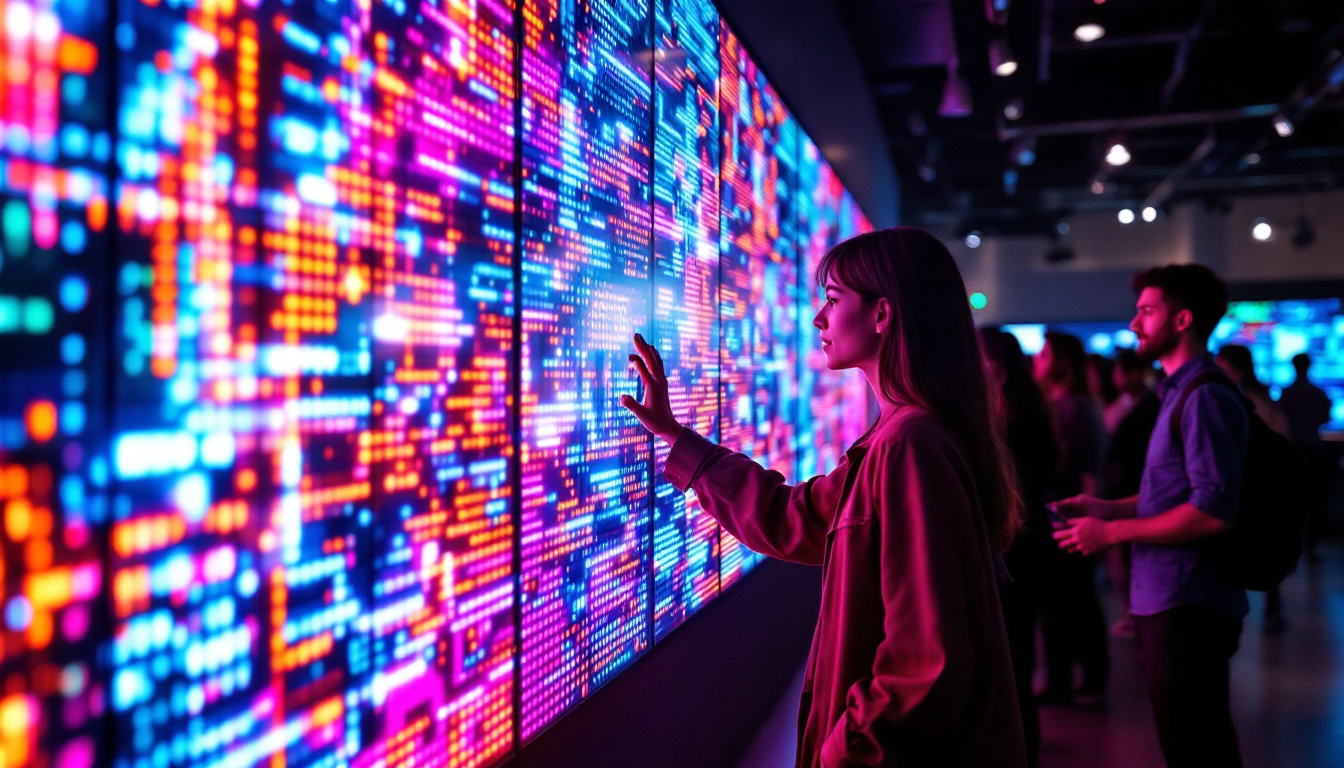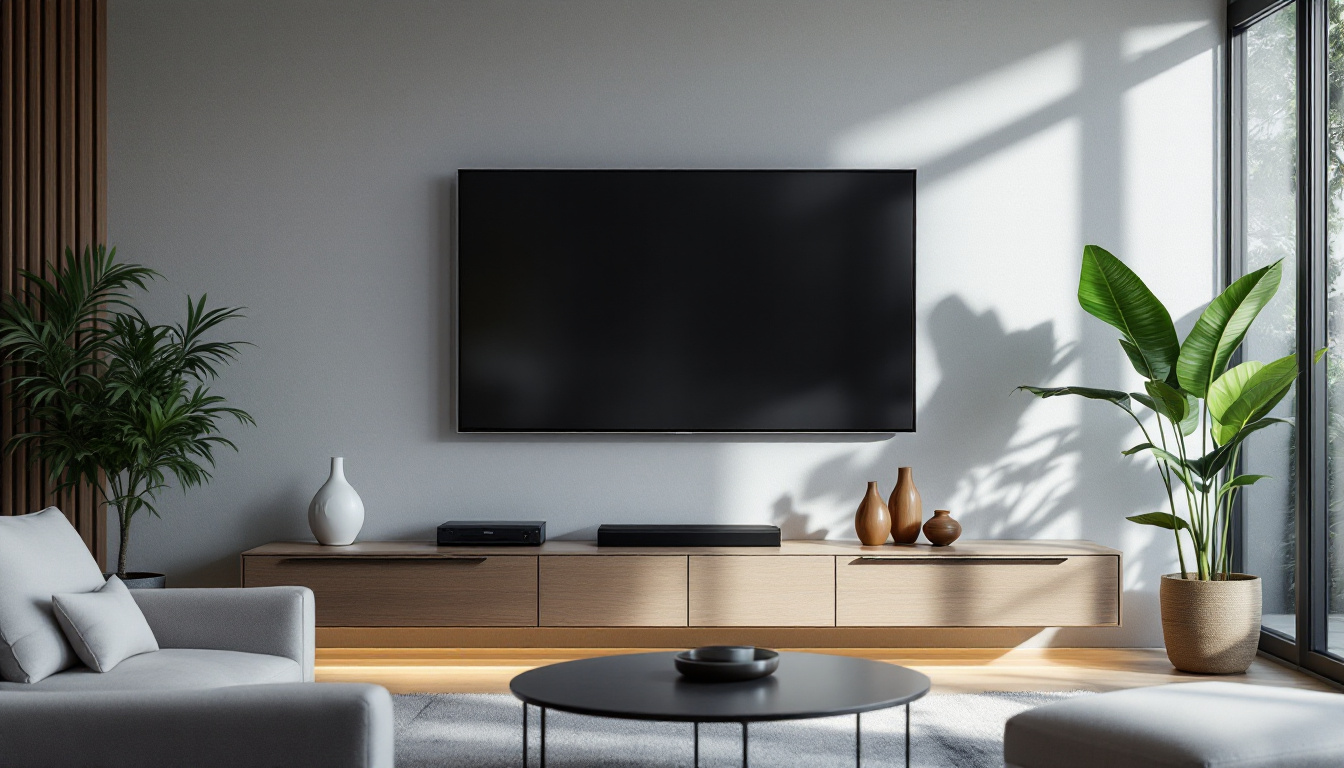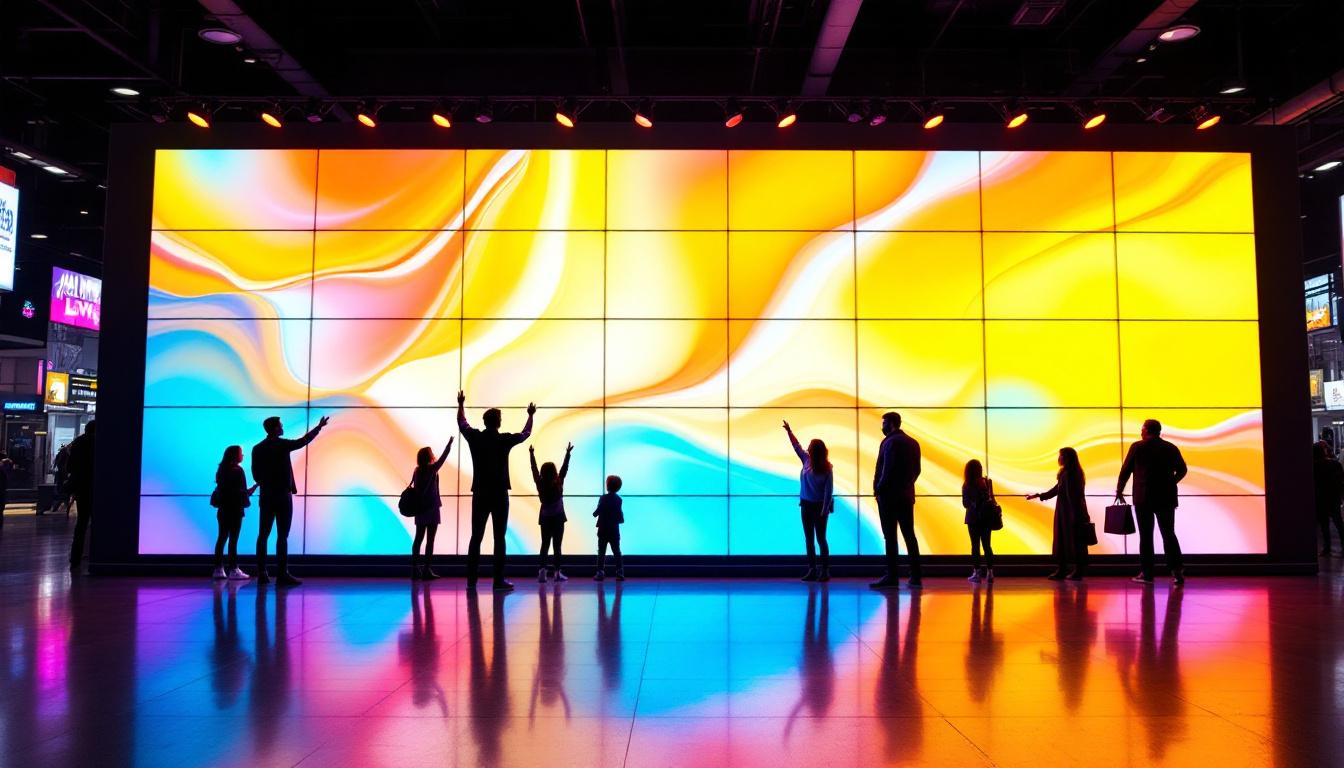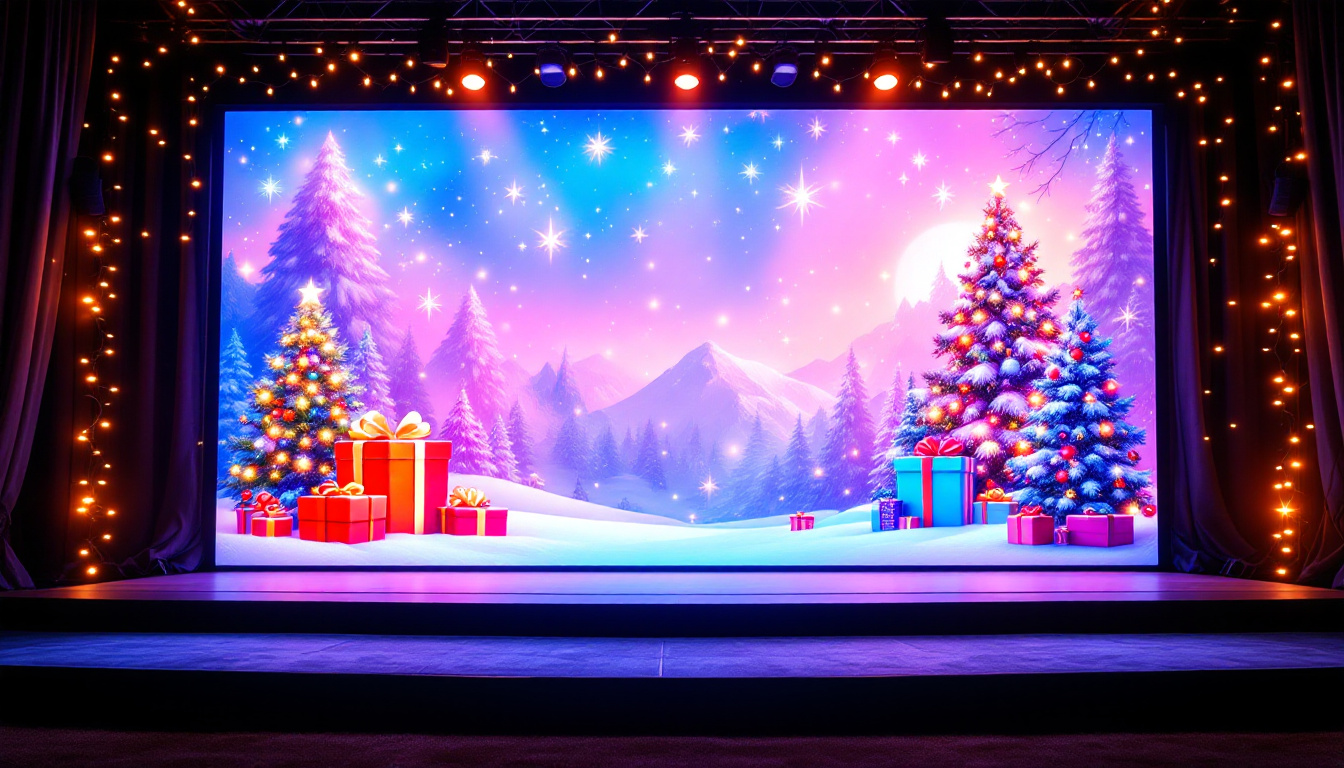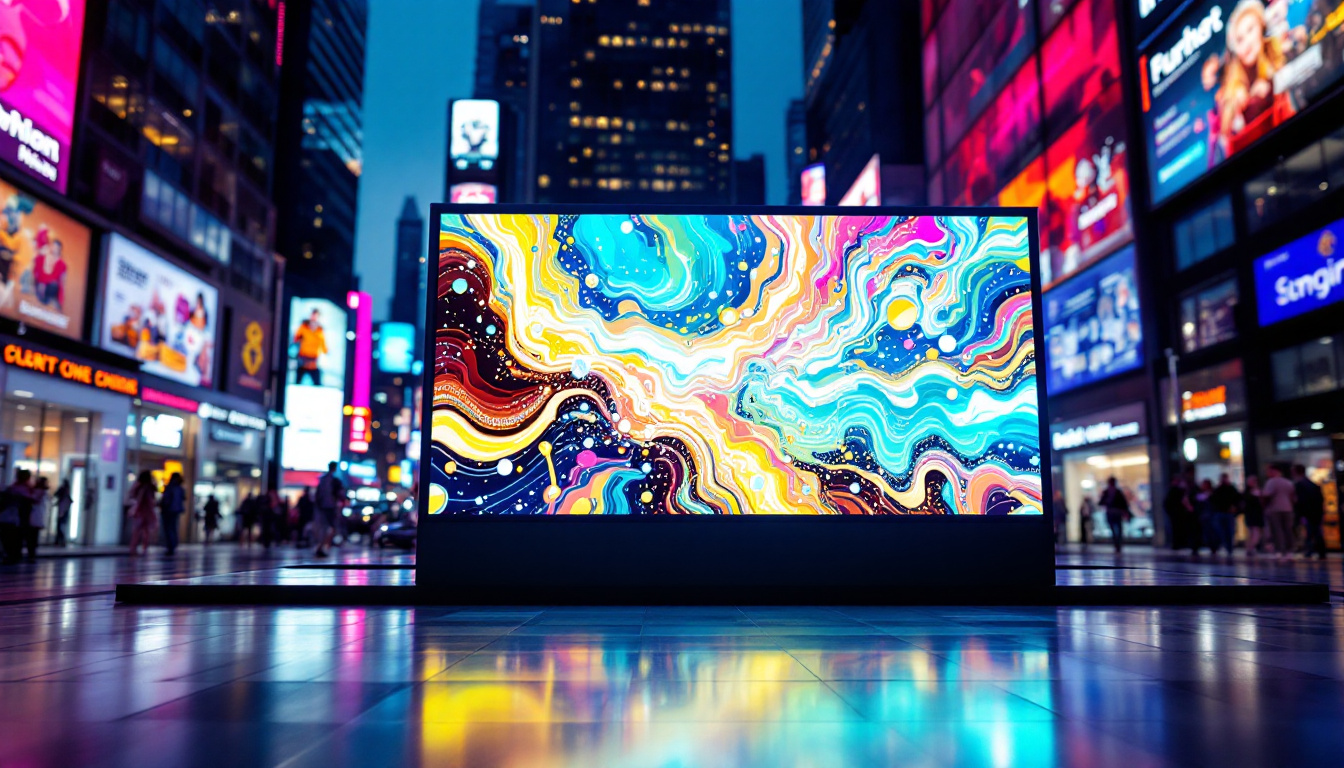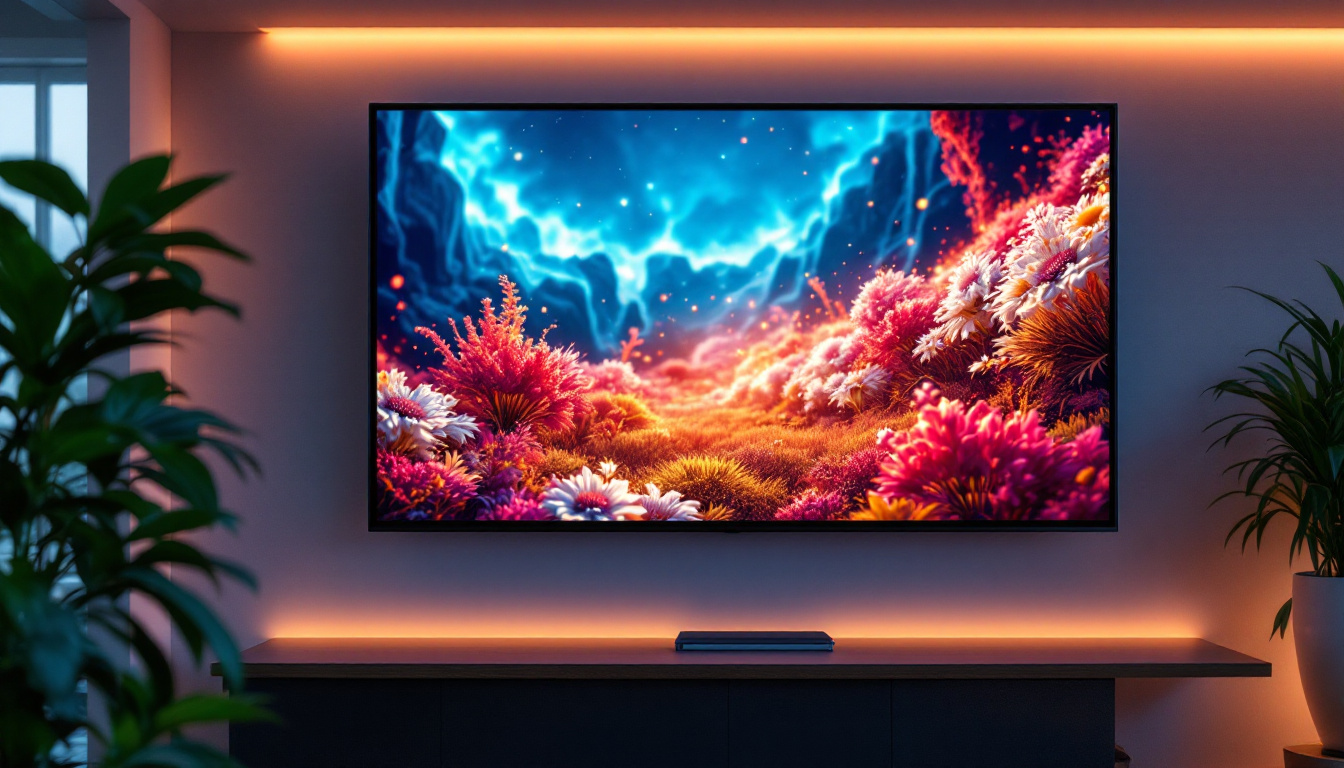In the world of sports and entertainment, arena screens have become a pivotal element in enhancing the viewer experience. These large LED displays serve not only to showcase live action but also to engage audiences with dynamic content. Understanding the technology and functionality behind arena screens can provide insights into their significance and the future of visual displays in large venues.
What is an Arena Screen?
An arena screen, often referred to as a video board or jumbotron, is a large LED display typically mounted in sports arenas, concert venues, and public spaces. These screens are designed to present high-resolution video, graphics, and live feeds to audiences, ensuring that everyone in the venue can enjoy a clear view of the action.
The evolution of arena screens has been remarkable. From simple scoreboards to sophisticated multimedia displays, these screens have transformed the way audiences interact with events. They are now capable of showing everything from instant replays to advertisements, enhancing both the entertainment value and the commercial opportunities for venue operators.
One of the most exciting aspects of arena screens is their ability to engage fans in real-time. During live events, these screens can display interactive content, such as polls or social media feeds, allowing spectators to participate in the experience from their seats. This level of interactivity not only keeps the audience engaged but also fosters a sense of community among fans, as they can see their thoughts and reactions reflected on the big screen. Additionally, many venues have begun incorporating augmented reality features into their displays, providing an immersive experience that blurs the lines between the physical and digital worlds.
Moreover, the technological advancements in arena screen design have led to improvements in energy efficiency and image quality. Modern LED technology allows for brighter displays that can be viewed clearly even in well-lit environments, while also consuming less power than older models. This shift not only benefits the environment but also reduces operational costs for venue operators. As a result, we are likely to see even more innovative uses of arena screens in the future, from showcasing live performances to providing real-time statistics and analytics during sporting events, further enriching the spectator experience.
How Arena Screens Work
Technology Behind LED Displays
LED (Light Emitting Diode) technology is at the heart of modern arena screens. Unlike traditional LCD screens, LED displays utilize numerous tiny light-emitting diodes to produce vibrant colors and sharp images. This technology allows for greater brightness, contrast, and energy efficiency, making LED displays ideal for large venues where visibility is crucial.
Each pixel on an LED screen is made up of red, green, and blue (RGB) sub-pixels. By adjusting the intensity of each sub-pixel, a wide range of colors can be produced. This capability is essential for displaying everything from team logos to live video feeds, ensuring that the content is both engaging and visually appealing. Furthermore, the durability of LED technology means that these screens can withstand the rigors of live events, including exposure to varying weather conditions and the wear and tear of constant use, making them a long-term investment for arenas.
Resolution and Size Considerations
The resolution of an arena screen is a critical factor that affects the quality of the displayed content. Measured in pixels per inch (PPI), higher resolutions allow for clearer images and finer details. In large venues, the viewing distance also plays a significant role in determining the optimal resolution. For example, a screen viewed from a distance of 100 feet may require a lower resolution than one that is viewed from just a few feet away. This adaptability ensures that audiences, regardless of their seating position, enjoy a consistent viewing experience.
Size is another important consideration. Arena screens can range from a few hundred square feet to several thousand, depending on the venue’s requirements. The larger the screen, the more content can be displayed simultaneously, allowing for a more immersive experience for the audience. Additionally, advancements in modular screen technology enable arenas to customize their displays, creating unique shapes and configurations that enhance the overall aesthetic and functionality of the venue. This flexibility not only elevates the event experience but also opens up new possibilities for creative content presentation, such as dynamic graphics and interactive features that engage the audience in real-time.
Applications of Arena Screens
Enhancing Live Events
Arena screens play a crucial role in enhancing live events. During sports games, they provide instant replays, player statistics, and live game updates, keeping fans informed and engaged. Additionally, they often display fan interactions, such as social media posts or live polls, creating a more interactive atmosphere. The ability to showcase real-time statistics not only heightens the excitement but also fosters a deeper understanding of the game, allowing fans to appreciate the nuances of play that they might otherwise miss. This engagement is particularly beneficial for younger audiences, who are increasingly accustomed to interactive experiences in their digital lives.
In concert settings, arena screens are used to showcase visuals that complement the performance, including music videos, animations, and live feeds of the artist. This adds an extra layer of excitement and helps to create a memorable experience for attendees. The integration of cutting-edge technology, such as augmented reality, can transform a standard performance into an immersive spectacle, captivating audiences in ways that traditional staging cannot. Moreover, these screens can be synchronized with the music, enhancing the emotional impact of the performance and leaving a lasting impression on concert-goers.
Advertising and Sponsorship Opportunities
Beyond entertainment, arena screens are also a valuable tool for advertising and sponsorship. Brands can purchase advertising space on these displays, reaching a captive audience during high-traffic events. This not only generates revenue for the venue but also provides companies with an effective platform to promote their products and services. The strategic placement of ads during key moments, such as timeouts or halftime shows, ensures that the message resonates with viewers, making it a prime opportunity for brands to connect with potential customers.
In addition to traditional advertisements, arena screens can be used for promotional content, such as highlighting upcoming events or special offers. This versatility makes them a key asset for venue operators looking to maximize their revenue potential. Furthermore, the screens can serve as a canvas for creative storytelling, allowing brands to craft engaging narratives that resonate with the audience. For instance, a local business could showcase its community involvement or a charity could highlight its mission, fostering goodwill and enhancing brand loyalty among attendees. The dynamic nature of arena screens ensures that they remain relevant and impactful in an ever-evolving advertising landscape.
Benefits of LED Arena Screens
Improved Visibility and Engagement
One of the primary benefits of LED arena screens is their ability to improve visibility. The brightness and clarity of LED displays ensure that content is easily visible, even in well-lit environments. This is particularly important in sports arenas, where natural light can affect visibility.
Moreover, the dynamic nature of LED screens allows for real-time updates and interactive content, which can significantly enhance audience engagement. Fans are more likely to stay focused on the event when they can see high-quality visuals and participate in interactive experiences.
Energy Efficiency and Longevity
LED technology is renowned for its energy efficiency compared to traditional display technologies. Arena screens consume less power while delivering superior brightness and color quality. This not only reduces operational costs for venue owners but also contributes to environmental sustainability.
Additionally, LED displays have a longer lifespan than other types of screens, which means lower replacement costs over time. This durability makes them a smart investment for venues looking to enhance their facilities without incurring frequent maintenance expenses.
Challenges and Considerations
Installation and Maintenance
While the benefits of arena screens are significant, there are also challenges associated with their installation and maintenance. The installation process can be complex, often requiring specialized equipment and expertise to ensure that the screen is mounted securely and functions correctly.
Maintenance is another critical consideration. Regular upkeep is necessary to ensure that the display remains in optimal condition. This includes cleaning the screen, checking for faulty pixels, and updating software. Venue operators must plan for these maintenance needs to avoid disruptions during events.
Cost Factors
The cost of arena screens can vary widely based on size, resolution, and technology. High-quality LED displays can represent a significant investment for venues, particularly for those looking to install large screens with advanced features. Budgeting for both the initial purchase and ongoing maintenance is essential for venue operators.
However, many venues find that the return on investment justifies the initial costs. The ability to attract larger crowds, generate advertising revenue, and enhance the overall experience can lead to increased profitability over time.
The Future of Arena Screens
Emerging Technologies
The future of arena screens is poised for exciting developments as technology continues to evolve. Innovations such as 8K resolution displays, augmented reality (AR), and virtual reality (VR) are beginning to make their way into the arena environment. These technologies have the potential to create even more immersive experiences for audiences.
For instance, AR can overlay digital graphics onto live feeds, allowing fans to see statistics or player information in real-time. This integration of digital content with the physical environment can transform how audiences interact with events.
Integration with Smart Venues
As venues become smarter through the integration of IoT (Internet of Things) technology, arena screens will play a vital role in this evolution. Smart arenas can utilize data analytics to tailor content displayed on screens based on audience demographics, preferences, and engagement levels.
This level of customization can enhance the overall experience for attendees, making events more relevant and enjoyable. Additionally, smart technologies can facilitate better communication between venue operators and attendees, streamlining processes such as ticketing and concessions.
Conclusion
Arena screens have undoubtedly transformed the landscape of live events and entertainment. Their ability to enhance visibility, engage audiences, and provide advertising opportunities makes them an invaluable asset for venues. As technology continues to advance, the potential for arena screens to create even more immersive and interactive experiences is limitless.
For venue operators, investing in high-quality LED displays is not just about keeping up with trends; it is about enhancing the overall experience for audiences and maximizing revenue potential. The future of arena screens is bright, and as innovations emerge, they will continue to play a central role in shaping the way we experience live events.
Discover Cutting-Edge LED Displays with LumenMatrix
Ready to elevate your venue’s experience with the latest in LED display technology? LumenMatrix is at the forefront of innovation, offering a wide array of LED display solutions tailored to your needs. From captivating Indoor LED Wall Displays to dynamic Outdoor LED Wall Displays, and from versatile Vehicle LED Displays to engaging LED Sports Displays, our products are designed to revolutionize visual communication. Embrace the future with our Custom LED Displays, All-in-One LED Displays, and LED Transparent Displays, and watch as your message comes to life with unparalleled clarity and impact. Check out LumenMatrix LED Display Solutions today and transform your space into a hub of engagement and excitement.


